READY STOCK!
GRADE 1
This first book presents the rudiments of theory divided into short chapters.
There are revision chapters, covering two topics at one time, interspersed with cheerful illustrations, making learning more fun.
Contents: Time Values (Semibreve, Minim, Crotchet, Quaver); Time Signatures (2/4, 3/4, 4/4); Notes On The Stave (Treble And Bass); Semiquaver; Rests; Ties; Dotted Notes; Accidentals (sharp, flat, natural); Semitones and Tones; Key Signatures (F Sharp, C Sharp, C Sharp, B Flat); Scales (C, G, D, and F); Major Intervals (2nd To Octave); Tonic Triads; Rhythm Writing (Two-Bar Rhythm); Performance Directions (Terms And Signs); General Exercises; Know Your Italian Terms (Game); Crossword Puzzle.
GRADE 2
Book cover a bit folder / slightly bent.
Theory of Music Made Easy Grade 2 by Lina Ng builds upon what has previously been learned from the series and tackles new topics such as ledger lines and Italian terms, triplets and note groupings.
This book is in the same format as Theory of Music Made Easy Grade 1, with lots of familiar animated friends and some new ones too.
Each topic has a number of exercises to consolidate what has been taught and puzzles and games are interspersed throughout to aid memory.
Every fourth chapter is a revision session to ensure that information has been absorbed. Contents: Ledger Lines; Time Signatures (2/2, 3/2, 4/2, 3/8); The Major Keys (A, B flat, E flat); Triplets; The Minor Keys (A, E, D); Grouping Notes and Rests; Intervals (2nd to Octave); Rhythm Writing (Four-bar Rhythm); Performance Directions; General Exercises; Know Your Italian Terms; Revision Exercises.
GRADE 3
Having covered basic theory in the first two volumes, the third tackles more complex issues such as chord structures and compound time, chapters that act as a revision for work from earlier grades, as well as the topics required to sit the ABRSM Grade 3 Theory Exam.
Contents: Demisemiquaver; Major Keys With Four Sharps Or Flats; Tonic Triads; Beyond 2 Ledger Lines; Transposition; Compound Time (6/8, 9/8, 12/8); Rules of Compound Time; Minor Keys with Four Sharps Or Flats; Grouping Notes And Rests In Compound Time; Scales And Key Signature (Revision); Four-Bar Rhythm; Intervals; Simple Phrase Structure; Performance Directions; General Exercises; Revision.
GRADE 4
Students are introduced to the alto clef, double sharps and double flats, more complex key signatures and ornamentation.
Topics covered take students up to the ABRSM Grade 4 exam.
Contents: Time Signatures; Alto Clef; Double Sharps And Double Flats; Breves, Double Dots And Duplets; Keys With Five Sharps Or Flats; Technical Names Of Notes in Diatonic Scales; Revision Exercises; Four-Bar Rhythms; Triads And Chords On I, IV and V; Intervals; Writing A Rhythm To Given Words; Chromatic Scale; Ornaments; Orchestral Instruments; Performance Directions; General Exercises.
GRADE 5
This volume will take students through the topics required for the ABRSM Grade 5 exam, building upon the information covered in the preceding books by tackling subjects in an organised and logical way.
It introduces the subjects of Transposition, irregular time signatures, chord sequences and cadences.
Contents: Irregular Time Signatures; Tenor Clef; Keys With Six Sharps or Flats; Transposition; Voices in Score (SATB); More Irregular Time Divisions; Interval Compounds; Naming Chords (I, II, III, IV, V/abc; Composing A Melody; Chords At Cadential Points; Performance Directions; Reiterations And Repeats; Orchestral Instruments; Ornaments; General Exercises
GRADE 6
Places a particular emphasis on composition, including melodic composition and writing for orchestral instruments.
It also contains definitions of terms used to describe a melody or piece of music.
Contents: Melodic Decorations; Figured Bass; Writing For Keyboard; Harmonising Melodies; Harmonising A Melody By Adding A Bass Part And Figuring It; Melody Writing; Writing for Orchestral Instruments; Melodic Composition In More Modern Style; General Exercises; Definition Of The Terms Used To Describe A Melody Or A Piece of Music.
GRADE 7
Author & Editor: Lina Ng
Publisher: Rhythm MP
Book Series: Made Easy
This graded ‘Made Easy” series makes learning music theory fun and simple. The syllabus covers everything required by various international examination boards.
The penultimate book in the series introduces the student to suspensions and retardations, and includes fun rewriting exercises to help the student to consolidate their learning.
Places a particular emphasis on composition, including melodic composition and writing for orchestral instruments. It also contains definitions of terms used to describe a melody or piece of music.
Rewriting A Chorale Passage In the Style of J.S. Bach; Rewriting A Passage In The Style Of Corelli’s Trio Sonatas; Continuation Of A Given Solo Instrumental Part Above A Given Keyboard Accompaniment; Melodic Compositions In More Modern Styles; Writing A Melody Based On The Given Chord Progression; General Exercises.
Contents: Melodic Decorations; Figured Bass; Writing For Keyboard; Harmonising Melodies; Harmonising A Melody By Adding A Bass Part And Figuring It; Melody Writing; Writing for Orchestral Instruments; Melodic Composition In More Modern Style; General Exercises; Definition Of The Terms Used To Describe A Melody Or A Piece of Music.
GRADE 8
Author & Editor: Lina Ng
Publisher: Rhythm MP
Book Series: Made Easy
This graded ‘Made Easy” series makes learning music theory fun and simple. The syllabus covers everything required by various international examination boards.
The final book in the series builds upon the learning of the previous volumes, allowing the student to smoothly proceed to the required standard set by the various examination boards.
Contents: Continuation Of A Given Opening Of A Passage From A Baroque; Trio Sonata For Two Treble Instruments And A Basso Continuo; Completion Of A Outline Of A Short Passage For Keyboard; Melodic Compositions; Melodic Compositions In A More Modern Style; General Exercises.


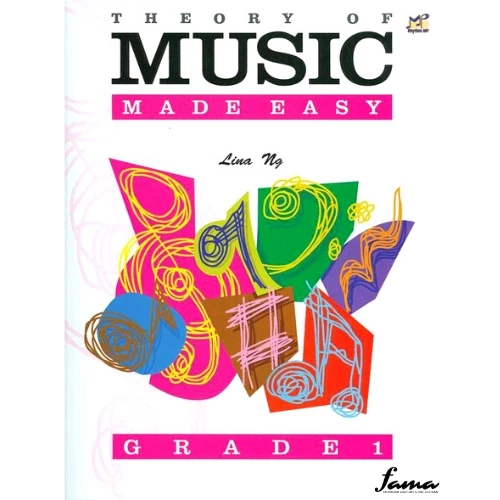
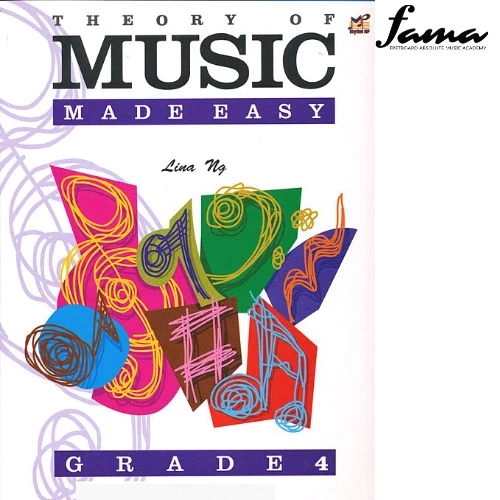
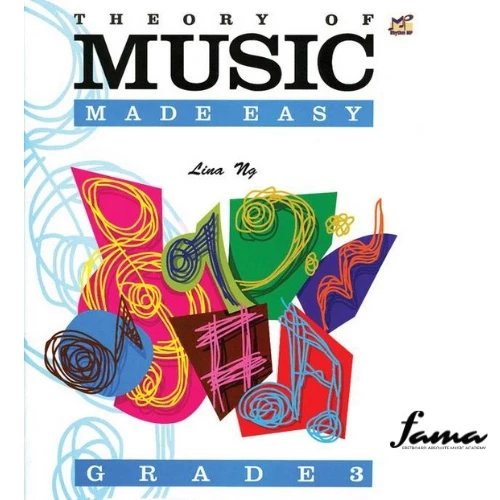
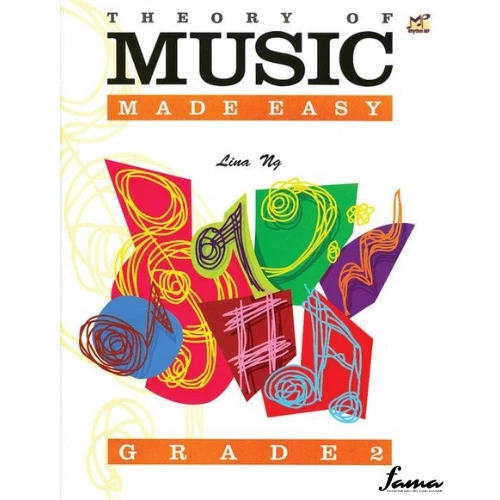
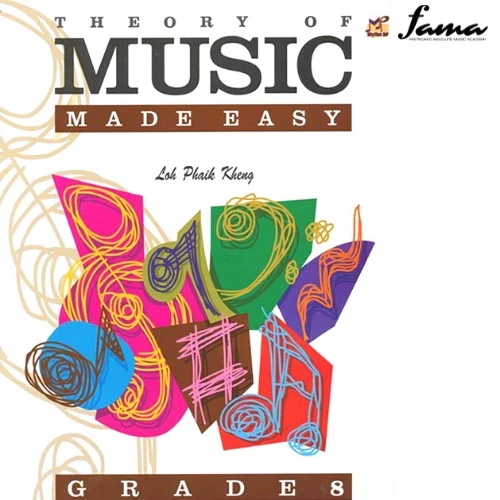
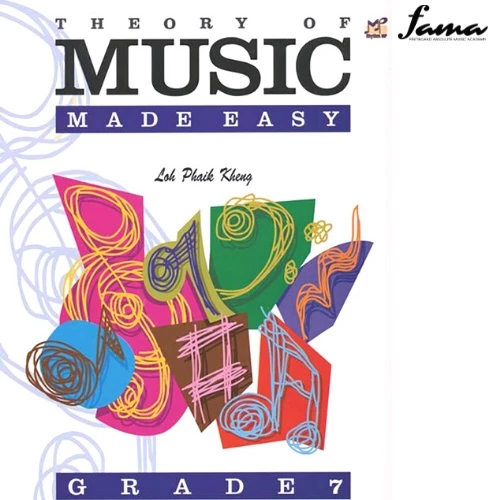
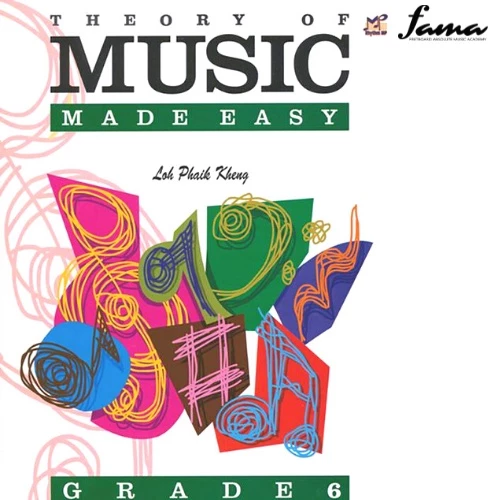
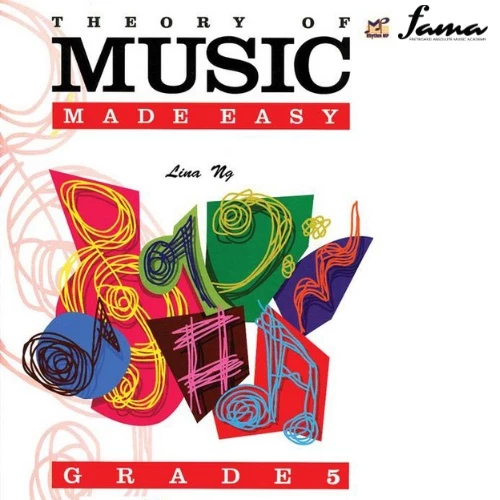
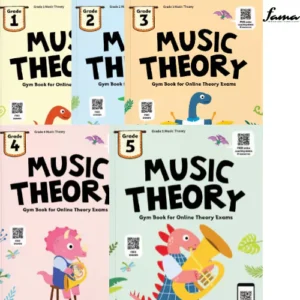
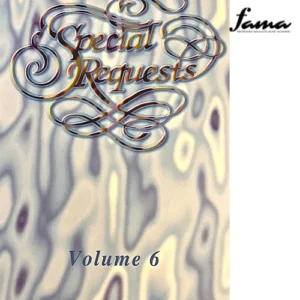
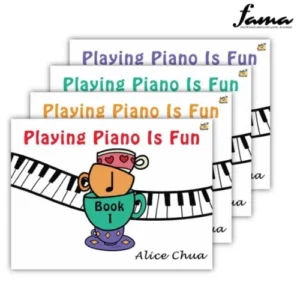
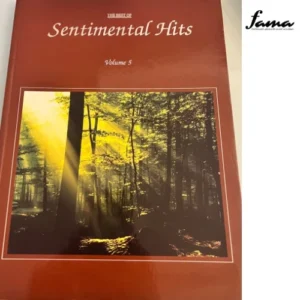
Reviews
There are no reviews yet.